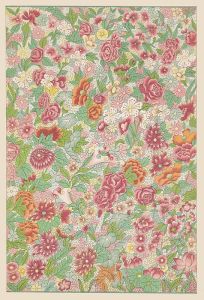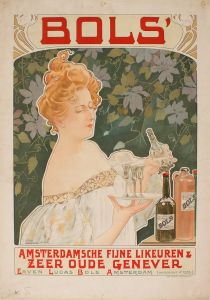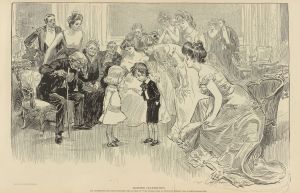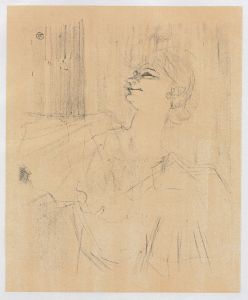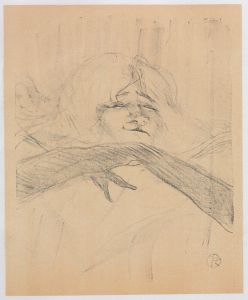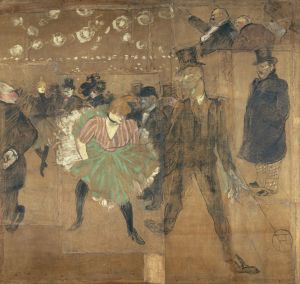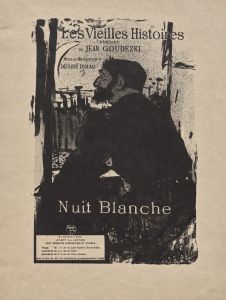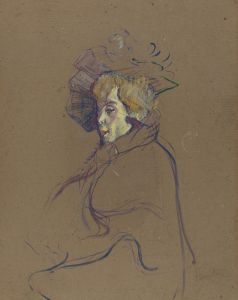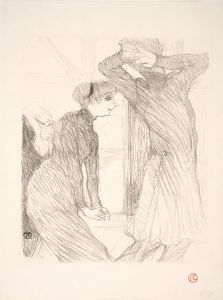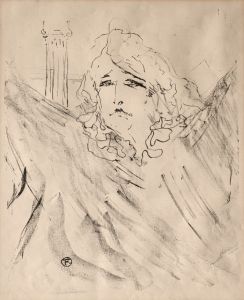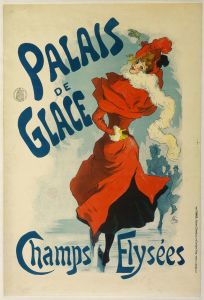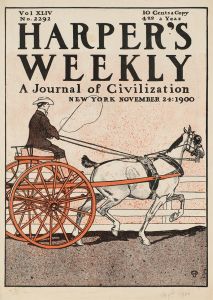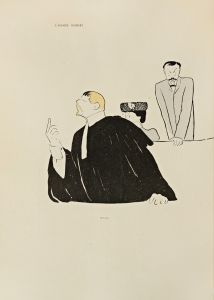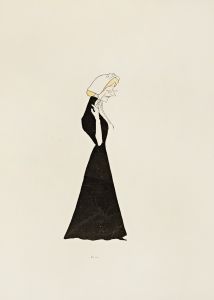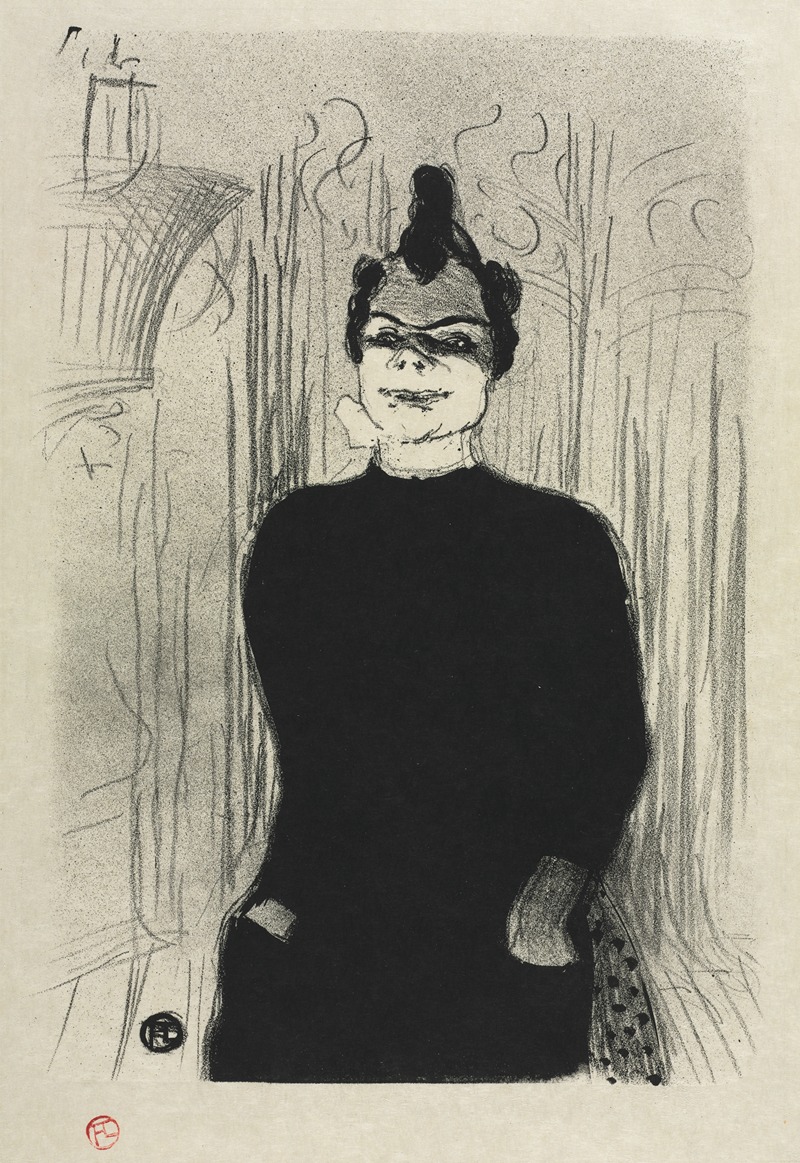
At the Gaieté Rochechouart; Nicolle
A hand-painted replica of Henri de Toulouse-Lautrec’s masterpiece At the Gaieté Rochechouart; Nicolle, meticulously crafted by professional artists to capture the true essence of the original. Each piece is created with museum-quality canvas and rare mineral pigments, carefully painted by experienced artists with delicate brushstrokes and rich, layered colors to perfectly recreate the texture of the original artwork. Unlike machine-printed reproductions, this hand-painted version brings the painting to life, infused with the artist’s emotions and skill in every stroke. Whether for personal collection or home decoration, it instantly elevates the artistic atmosphere of any space.
Henri de Toulouse-Lautrec, a prominent French painter and illustrator, is renowned for his vivid portrayals of Parisian nightlife in the late 19th century. One of his works, "At the Gaieté Rochechouart; Nicolle," captures the essence of this vibrant period. Toulouse-Lautrec was a central figure in the Post-Impressionist movement, and his art is celebrated for its innovative style and keen observation of social settings.
The painting "At the Gaieté Rochechouart; Nicolle" is a testament to Toulouse-Lautrec's fascination with the theatrical and entertainment scenes of Paris. The Gaieté Rochechouart was a popular café-concert venue located in the Montmartre district, an area known for its bohemian atmosphere and as a hub for artists, writers, and performers. This venue was one of the many places where Toulouse-Lautrec found inspiration for his work, as it was frequented by a diverse crowd, including performers, patrons, and other artists.
In this particular painting, Toulouse-Lautrec captures a moment at the Gaieté Rochechouart, focusing on a figure named Nicolle. The artist's style is characterized by bold lines and a dynamic composition, which bring the scene to life. Toulouse-Lautrec's use of color and form is distinctive, often employing a limited palette to emphasize the mood and character of the setting. His technique reflects influences from Japanese prints, which were popular in Europe at the time, and his ability to convey movement and emotion is evident in this work.
Toulouse-Lautrec's portrayal of Nicolle and the surrounding environment offers insight into the social dynamics and cultural milieu of Paris during the Belle Époque. The painting not only serves as a visual record of a specific location and time but also highlights the artist's interest in capturing the personalities and interactions of those he observed. His works often reveal a deep empathy for his subjects, portraying them with a sense of individuality and humanity.
The significance of "At the Gaieté Rochechouart; Nicolle" lies in its representation of Toulouse-Lautrec's broader body of work, which documents the lively and sometimes decadent world of Parisian entertainment. His paintings and posters from this era are invaluable for their historical and cultural insights, providing a window into the lives of performers and patrons who defined the nightlife of Montmartre.
Toulouse-Lautrec's legacy is marked by his ability to transcend traditional artistic boundaries, blending elements of fine art and commercial art to create works that are both aesthetically compelling and socially relevant. His depictions of venues like the Gaieté Rochechouart continue to captivate audiences, offering a glimpse into the vibrant world that inspired one of history's most innovative artists.
Overall, "At the Gaieté Rochechouart; Nicolle" exemplifies Toulouse-Lautrec's mastery in capturing the spirit of his time, making it a significant piece within his oeuvre and a valuable contribution to the understanding of late 19th-century Parisian culture.





